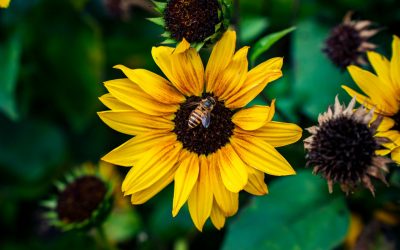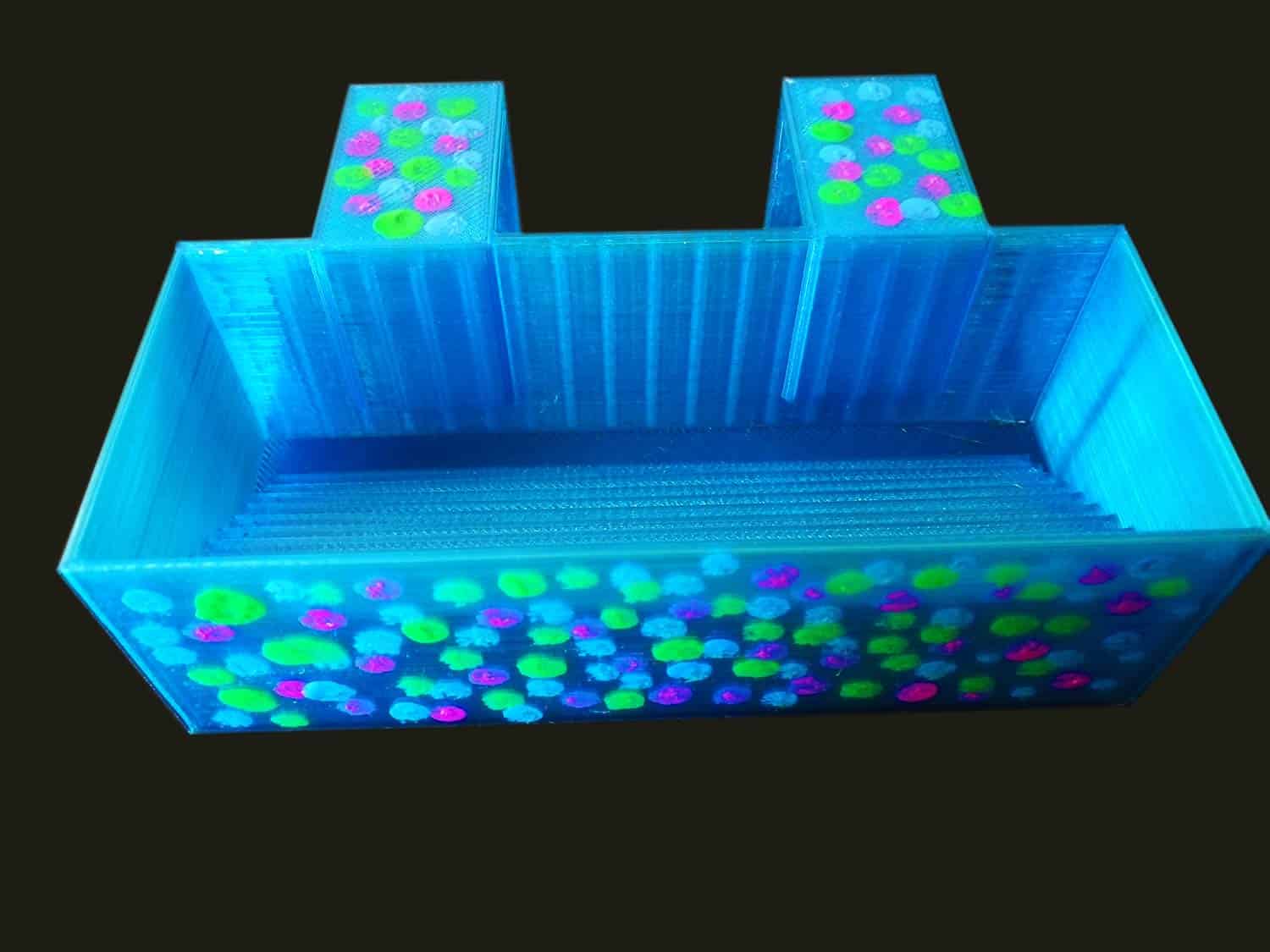
Summer is approaching and if you are a garden freak then you must be thinking about potential additions to your lawn. Specifically, this time of year is perfect for giving a try to new blooms and while you are at it, you can also help the planet.
The population of Bees has plummeted in recent years and these little guys are unconditionally crucial to the health of over 150 crops all over the country. By trying and selecting bee-friendly plants or even pollinators, you are actually helping them sustain a healthy population.
Florida is known as paradise for butterflies and those wishing to nurture plants to attract the fluttering attractiveness to their garden. Butterfly gardens not only attract these beneficial pollinators but also add year-round color to the scenery and help the home-grown ecosystem remain healthy.
Either you are looking for a specific flower shade, plant size or ones tolerating specific conditions, there are butterfly plants enhancing your taste and butterfly garden design.
In this guide we will let you know basic butterfly gardening guidelines and some small details on common butterfly-attracting shrubberies that will have your Florida garden ablaze in shade and flamboyant fluttering wings.
So have a look and bloom your backyard.
What to see before planting flowers for Bees?
When choosing plants for your butterfly garden, always ponder the specific plant’s cultural preferences like favored light, soil conditions and moisture compared to the chosen area in your countryside. In addition, always try to grow multiple plants together that have comparable needs to prevent potential growth glitches.
Plants for Bees and Butterflies
Coming on to our main topic, if you really want to have a gorgeous garden, try planting a range of bee-friendly flowers in your yard. Here are some good options to consider:
Black-Eyed Susan

These native wildflowers of Florida are indeed cheery and bright when they are planted. They are very easy to plant as they can easily survive and stand against droughts, and are preferred by bees and butterflies alike. The perennial grows quite well in almost all areas of the state, thriving in full scorching sun and a variety of well-drained soils. It is also a wise choice for seaside gardens as the plant is salt- and drought-tolerant.
In short, these blooms are due finest in a sunny, well-drained area of your orchard and be sure to deadhead for more profuse flourishing.
On the contrary, there are plants, which usually are used to repel bees.
Bottlebrush

These are very good options for those who want a larger shrub that attracts butterflies as well as hummingbirds especially in Central and South Florida. These evergreen plants produce powerful red flower spikes, flourishing spring through fall adding shade to the landscape almost all year-round.
These Bottlebrush flowers grow perfectly in full heated sun and in a variety of well-drained soils and even they are salt- and drought-tolerant. Another good thing about this is that the growers have clear choices in an upright or weeping variety that generates the exact colorful blooms and the upright form grows up to 20 feet high and wide.
Coral Honeysuckle

These flowers do exactly like their name suggests, which means they entice a great number of butterflies as well as bees to the orchard. The perennial fills do not remain evergreen all the time but still these fragrant flower clusters that can be approximately 2 feet long and contingent on the cultivar, can even be a beautiful shade of purple, white or pink.
Keep in mind that nematodes, rust and mites cause problems when they are planted in Florida but still for the best results and least number of complications, grow butterfly bushes in containers and place them in full sun. Lastly, they do have a low tolerance to salt spray and as well as for drought.
Marigolds

This is also a very convenient option for you as no one can go wrong with the classic marigolds. Their easy-handling and easy-blooming are perhaps the ultimate qualities that are making them very popular in gardens of Central Florida. They are also very safe as they rarely attract uninvited creatures or disease. There is one thing they are certainly attracted to and that is their beloved honey bee and butterflies. These summer blooms come in a wide variety of bright oranges and yellows.
If you want good results and want the flowers actually to poop, then try planting these with a darker leaf plant. They are frequently used as a good source of ground coverage beneath trees or throughout your flower beds and tend to be most effective in attracting bees when planted in great numbers.



